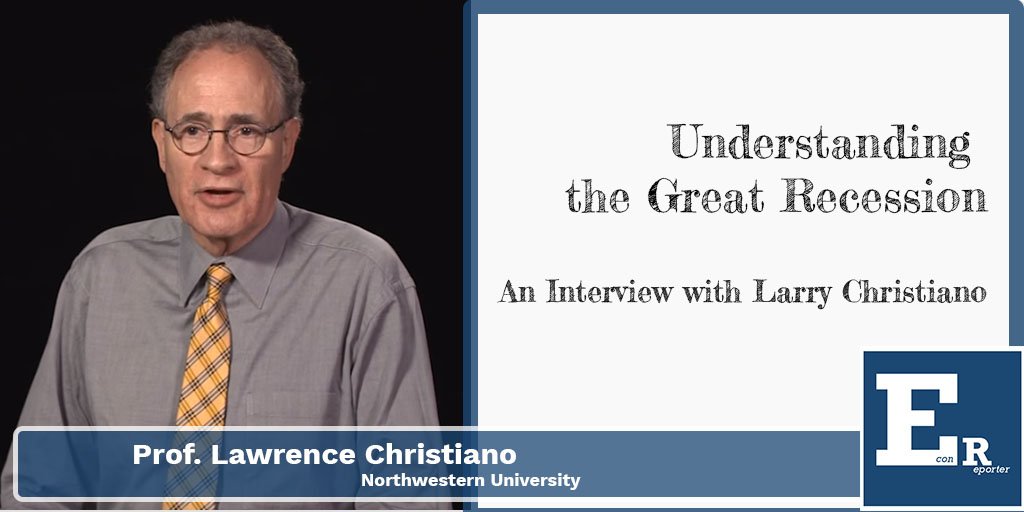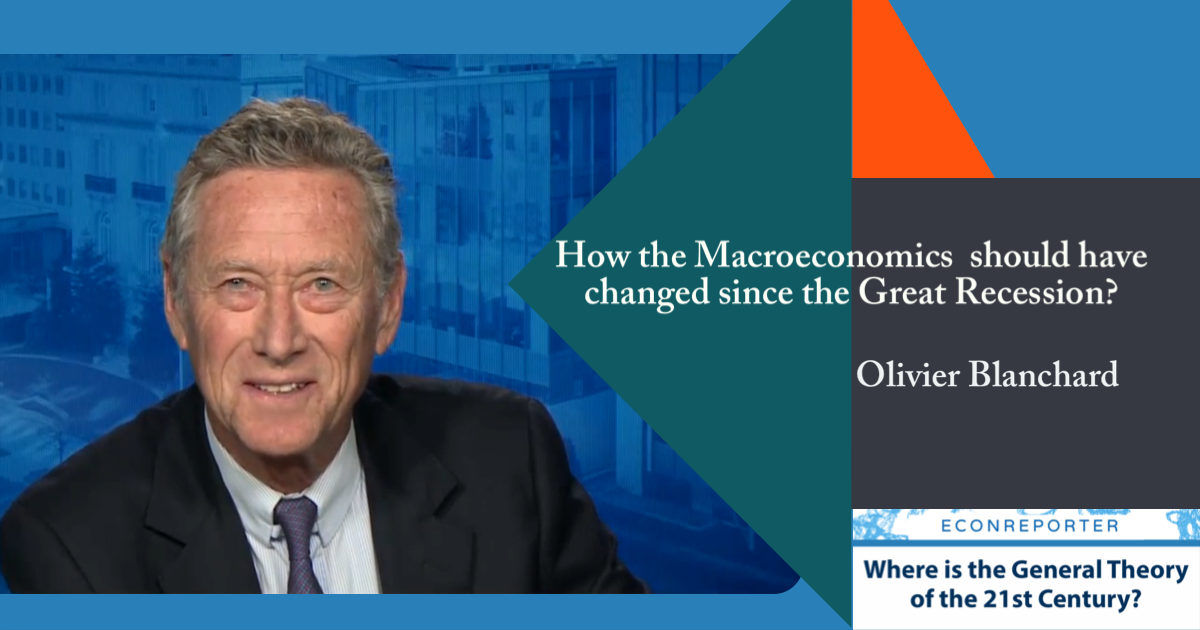Last Updated:
This weekend is a big one for behavioral economics. This morning, Richard Thaler, laureate of The Sveriges Riksbank Prize in Economic Sciences in Memory of Alfred Nobel 2017, has presented his prize lecture “From Cashews to Nudges: The Evolution of Behavioral Economics” in The Royal Swedish Academy of Sciences.
And this Sunday will be the Nobel Prize Award Ceremony, Prof. Thaler will finally receive his well-deserved Nobel prize.
Thanks to everyone who came and many thanks for the very warm welcome at the end. Truly touched. https://t.co/aXMax86gDS
— Richard H Thaler (@R_Thaler) December 8, 2017
Advertisement
To celebrate this occasion, I am honored to share with you my interview with two of the best co-authors of Prof. Thaler — Hersh Shefrin and Shlomo Benartzi.
Q5
Prof. Shefrin, in your personal opinion, what do you think is the biggest influence of your planner-doer model?
Shefrin: From a practical perspective, it led to Thaler and Benartzi’s Save More Tomorrow program, which has helped many people to save at rates that reflect their long-term interests. From a theoretical point of view, the planner-doer model was the first formal system 1/system 2 model that Kahneman popularized in his 2011 book Thinking, Fast and Slow. It is also the first neuroeconomics model, having identified the planner with the prefrontal cortex and the doer with the limbic system.







